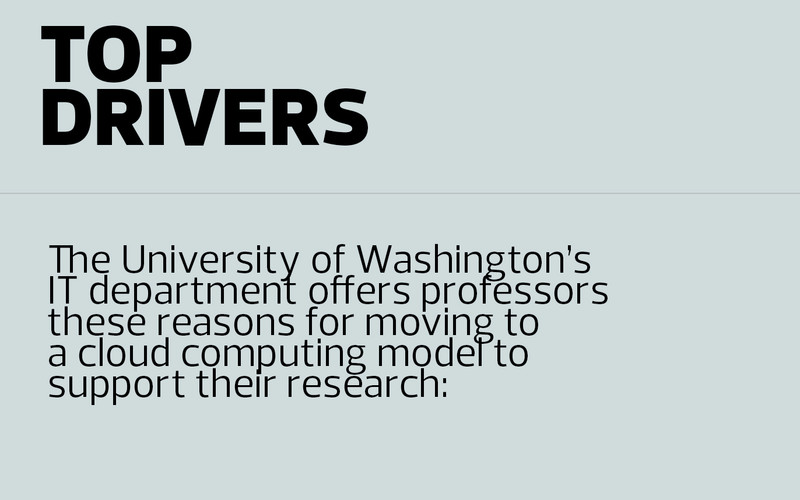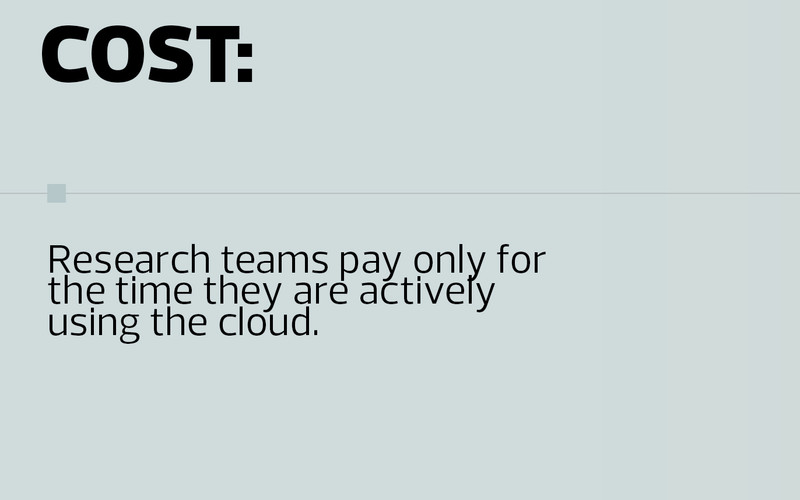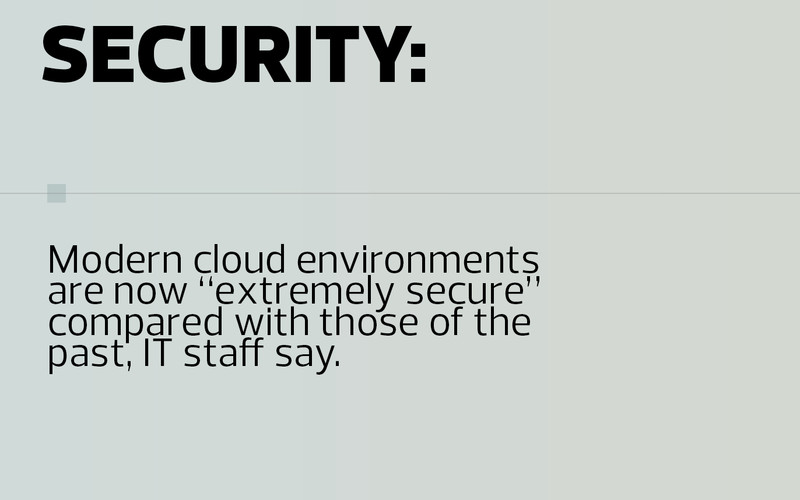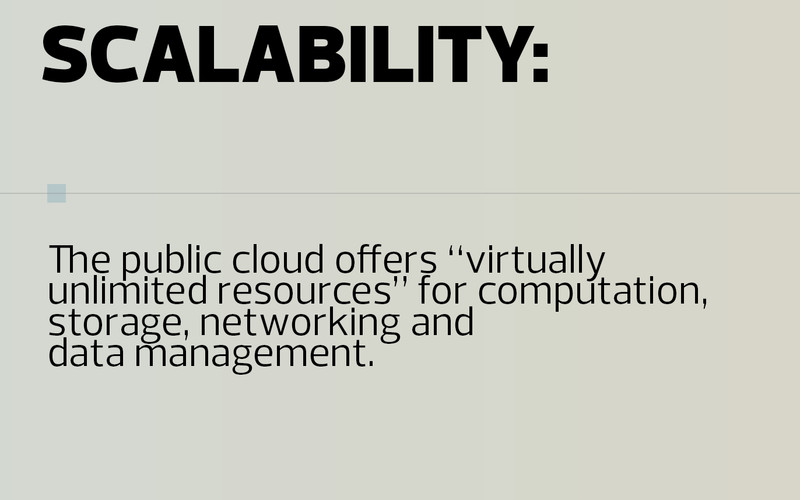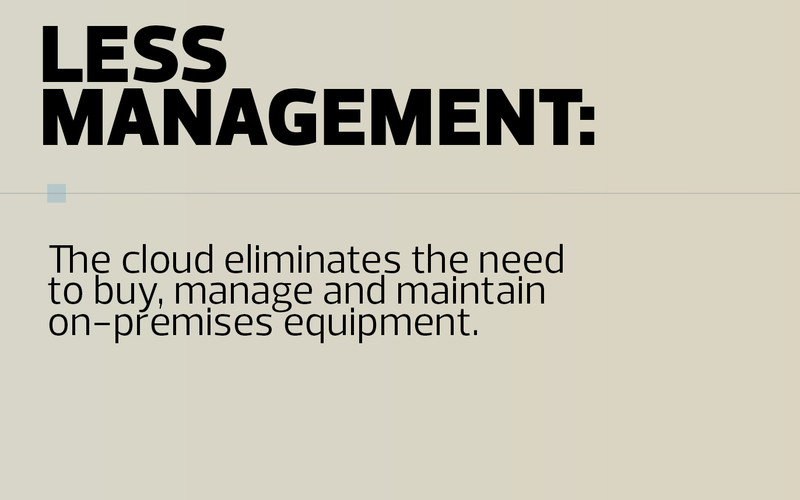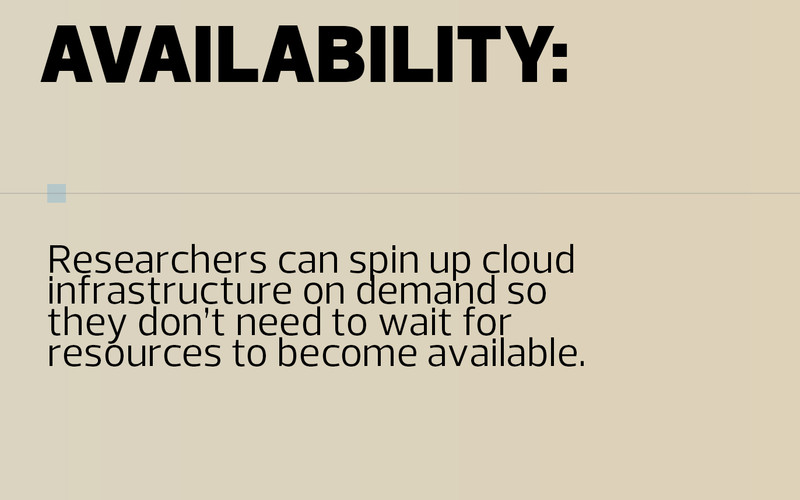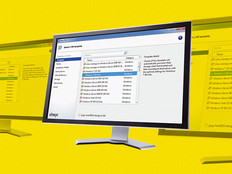Researchers Need the Right Tools for Their Jobs
Jenay Robert, senior researcher at EDUCAUSE, says the cloud has become essential for supporting research as institutions recognize the importance of unifying data models. She notes that effective communication between IT departments and researchers helps smooth the path to the public cloud. “That’s one of the biggest challenges: making sure everyone is aligned so they can move through these processes in a timely way that protects data without impeding research,” she says.
As Bentley began deploying Azure resources to faculty members, the IT department produced different user personas to guide resource allocations. Initially, Shah says, the team planned to design most individual cloud environments around “Jimmy,” a user with needs for multiple CPUs or GPUs and high-speed storage for large data sets. However, they soon found that the bulk of researchers are more like “Bob,” a user who simply needs a fast machine and adequate storage capacity.
Instead of deploying identical cloud environments by default, Shah’s team surveys faculty members to learn more about the resources they need for their specific research.
“Each of these environments come with different costs,” Shah notes. “We compare them to cars: If you’re going to the grocery store, are you going to take out your Ferrari? We wanted to build for the actual need.”
RELATED: Find the technology solutions to take your university’s research to the next level.
The Cloud Offers Instant Scalability for Research Teams
In March 2023, Google and the University of California, Riverside announced a first-of-its-kind partnership that allows the school to access Google’s cloud computing resources at a fixed subscription rate.
“The cloud, for us, solves a unique problem,” says Matthew Gunkel, UC Riverside’s CIO. “We don’t have a lot of data centers. We don’t have land or the money to build new data centers. We needed a strategy that would allow us to scale within the confines of our available resources.”
At the time of the move, Gunkel predicted that it would double or even triple the school’s computing and storage capacity, and he says that the partnership has yielded immediate benefits.
“Having flat-rate access to cloud computing and open availability of the entire service catalog has been transformative in helping onboard researchers,” he says. “People are maturing through the process, from the lift-and-shift of workloads to using cloud services for building efficiency around how they conduct their research.”






